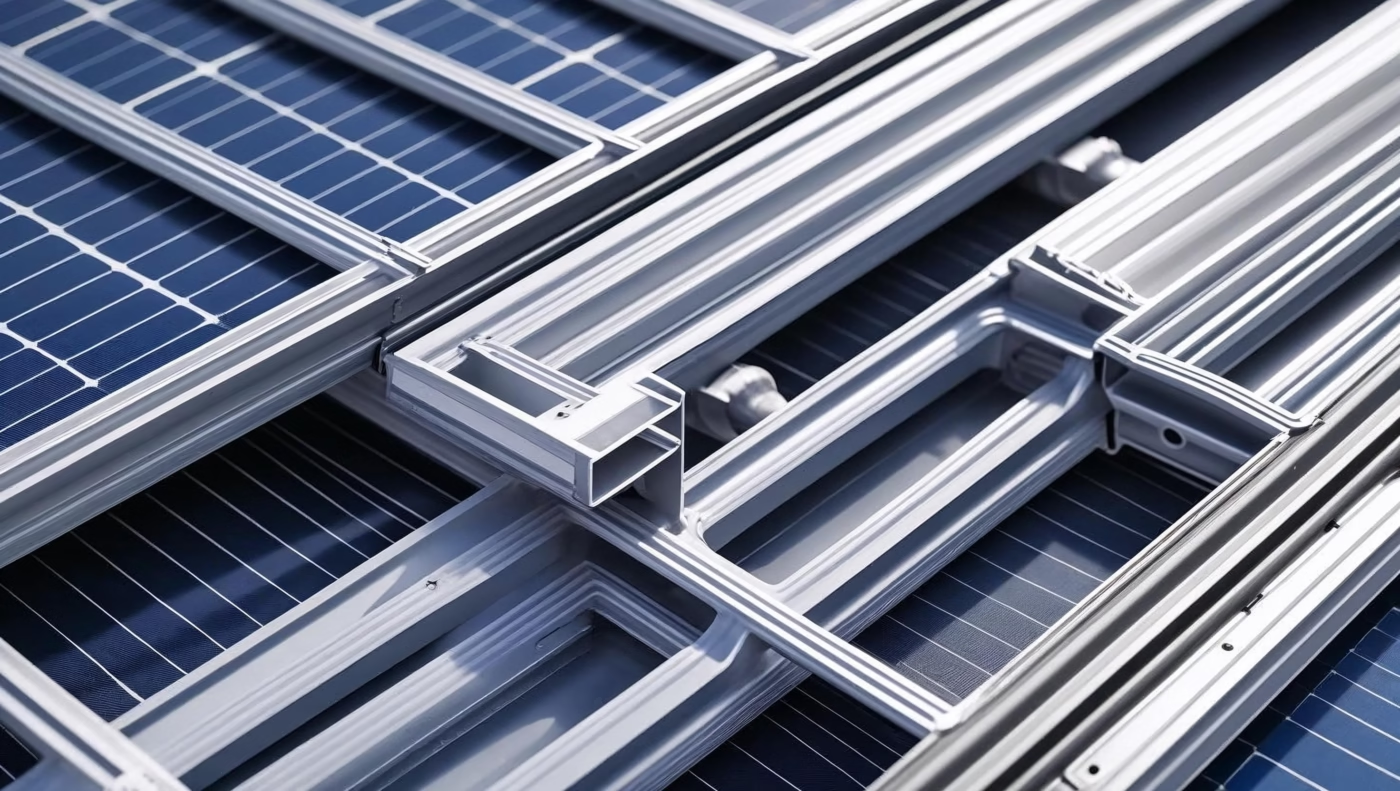Pultrusion Resins Explained: Process, Uses & Market Trends
Pultrusion resins are transforming modern engineering. These specialized polymers create ultra-strong fiber-reinforced polymers (FRP) through continuous manufacturing. Industries globally rely on these materials for lightweight, corrosion-resistant solutions. This guide explores the pultrusion manufacturing process, key applications, and booming market trends.
What Are Pultrusion Resins?
Pultrusion resins are thermosetting composites like polyester, vinyl ester, and epoxy. These polymers harden permanently when heated. They bind reinforcement fibers (fiberglass, carbon, or basalt) into rigid profiles.
Resins transfer stress between fibers and protect against environmental damage. Vinyl ester resins excel in chemical resistance. Epoxy pultrusion offers superior strength for aerospace. Each resin type impacts the final FRP profiles’ performance.
The Pultrusion Process Simplified
Pultrusion manufacturing shapes composites in four steps:
- Fibers pull through a resin bath for saturation.
- Saturated fibers enter a heated die.
- Heat cures resins into solid profiles.
- Automated saws cut products to length.
This method ensures minimal waste and consistent quality. Carbon fiber pultrusion demands precise temperature control. The continuous process outperforms manual layup techniques.
Vinyl Ester vs. Epoxy: Resin Showdown
Vinyl ester resins dominate corrosive environments. Water treatment plants use them for acid-resistant tanks. They tolerate imperfect fiber saturation better than epoxy.
Epoxy pultrusion creates high-strength thermosetting composites. Aerospace and defense sectors choose epoxy for critical components. Its superior adhesion supports complex FRP profiles.
Bio-based alternatives now emerge, supporting sustainable composites.
Top Uses of Pultrusion Resins
FRP profiles enable revolutionary applications:
Construction
- Bridges with fiber-reinforced polymer girders
- Corrosion-free building reinforcements
Energy
- Wind turbine blades using carbon fiber pultrusion
- Solar panel frames resisting UV degradation
Transportation
- Lightweight train interiors
- EV battery enclosures with fire-resistant resins
Consumer Goods
- High-performance sports equipment
- Industrial ladders with electrical insulation
Market Trends: The Composites Boom
The pultrusion resins market will hit $350M by 2028. Key drivers include:
Sustainability
- Bio-resins reducing carbon footprints
- Recyclable thermosetting composites research
Electric Vehicles
- Fire-safe battery trays using epoxy pultrusion
- Lightweight chassis improving range
Global Expansion
- Asia-Pacific leading infrastructure upgrades
- Offshore wind farms adopting FRP profiles
Composite material trends favor automation. Resin infusion process innovations also accelerate growth.
Implementing Pultrusion: A Practical Guide
Follow these steps for successful pultrusion manufacturing:
- Material Selection
Choose resins matching environmental demands. Vinyl ester resins suit chemical exposure. - Die Design
Optimize for thermal control to prevent defects. - Quality Control
Monitor fiber tension and resin viscosity continuously. - Post-Processing
Cut FRP profiles using diamond-coated blades.
Avoid common pitfalls like incomplete curing. Partner with resin chemists for custom sustainable composites.
Conclusion
Pultrusion resins redefine modern materials. They enable lighter, stronger, and greener solutions across industries. As composite material trends evolve, these polymers will drive sustainability in construction, energy, and mobility. Innovations in epoxy pultrusion and bio-resins promise an exciting future.
We covered these keywords in this blog;
- Fiber-reinforced polymers
- Thermosetting composites
- Pultrusion manufacturing
- Vinyl ester resins
- Epoxy pultrusion
- Composite material trends
- FRP profiles
- Carbon fiber pultrusion
- Resin infusion process
- Sustainable composites

